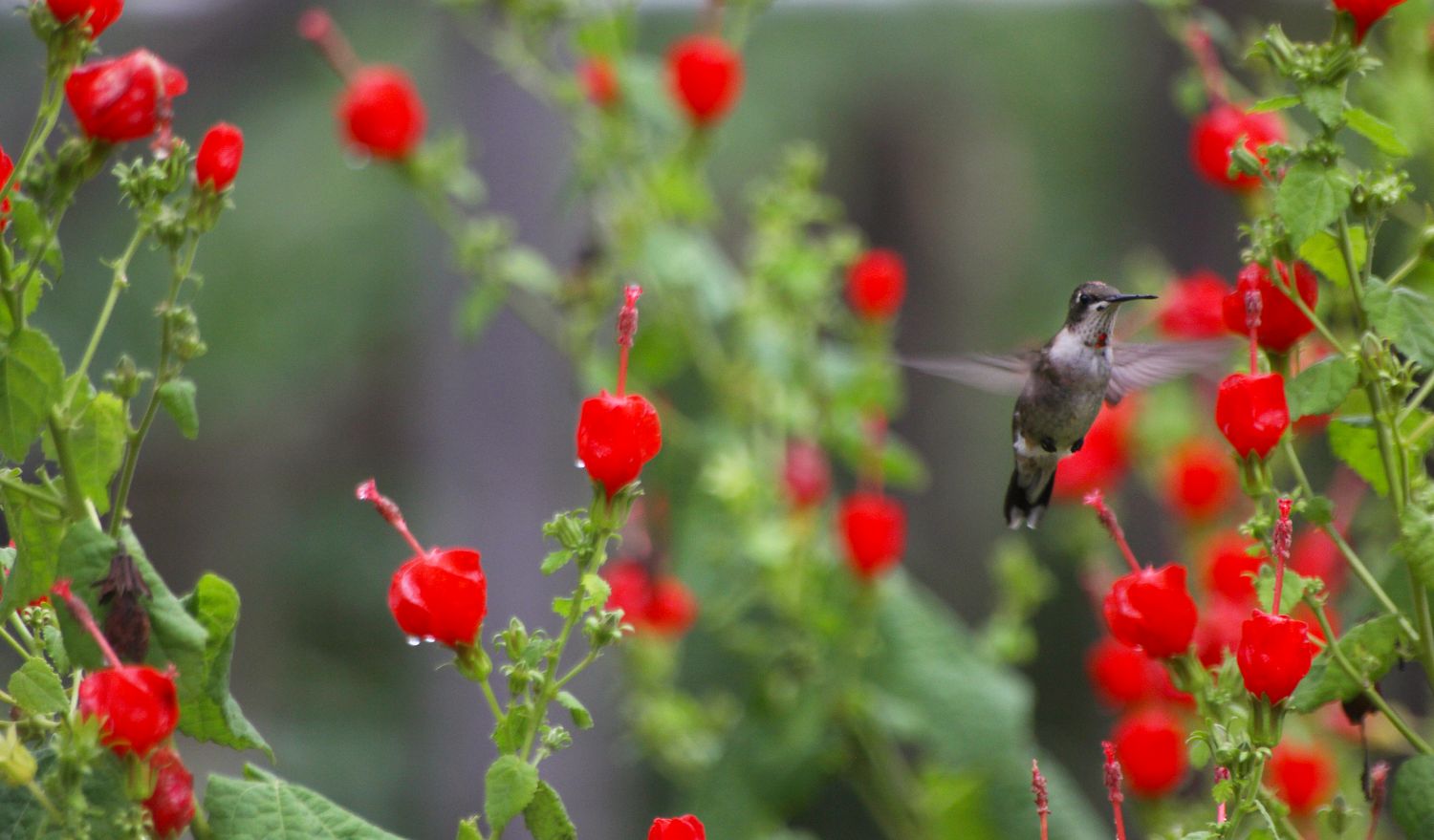Now Browsing:
Health, Wellness, Nature

I witnessed a vicious assault today. My resident male hummingbird launched a full frontal attack on two females that are frequent visitors. Usually he simply asserts his dominance, then flies off and lets them eat. Today was different. Today he stood guard over the feeder, mercilessly chasing them until, utterly exhausted, they left. As heartless […]
read the post
©2006-2025 EMBASSY LANDSCAPE GROUP, INC.